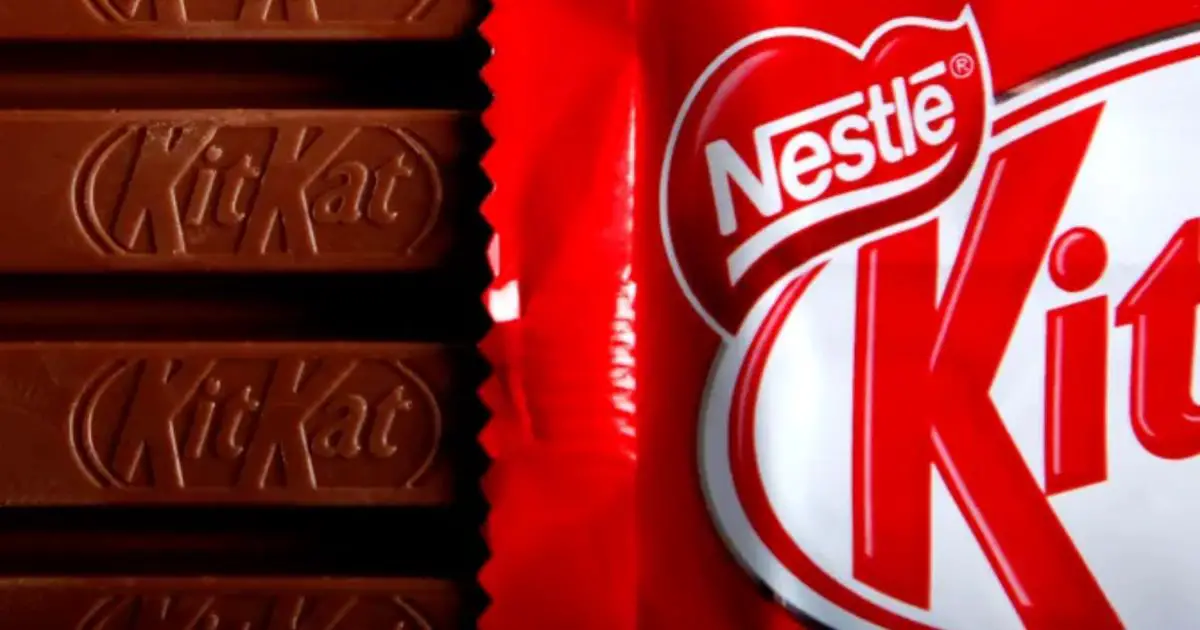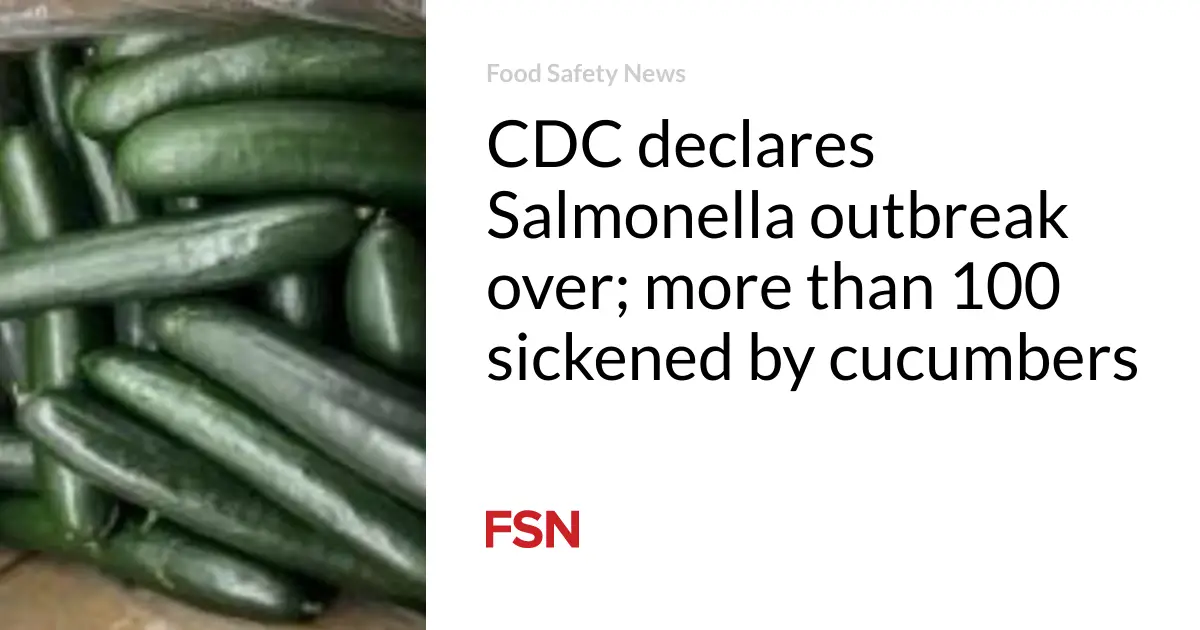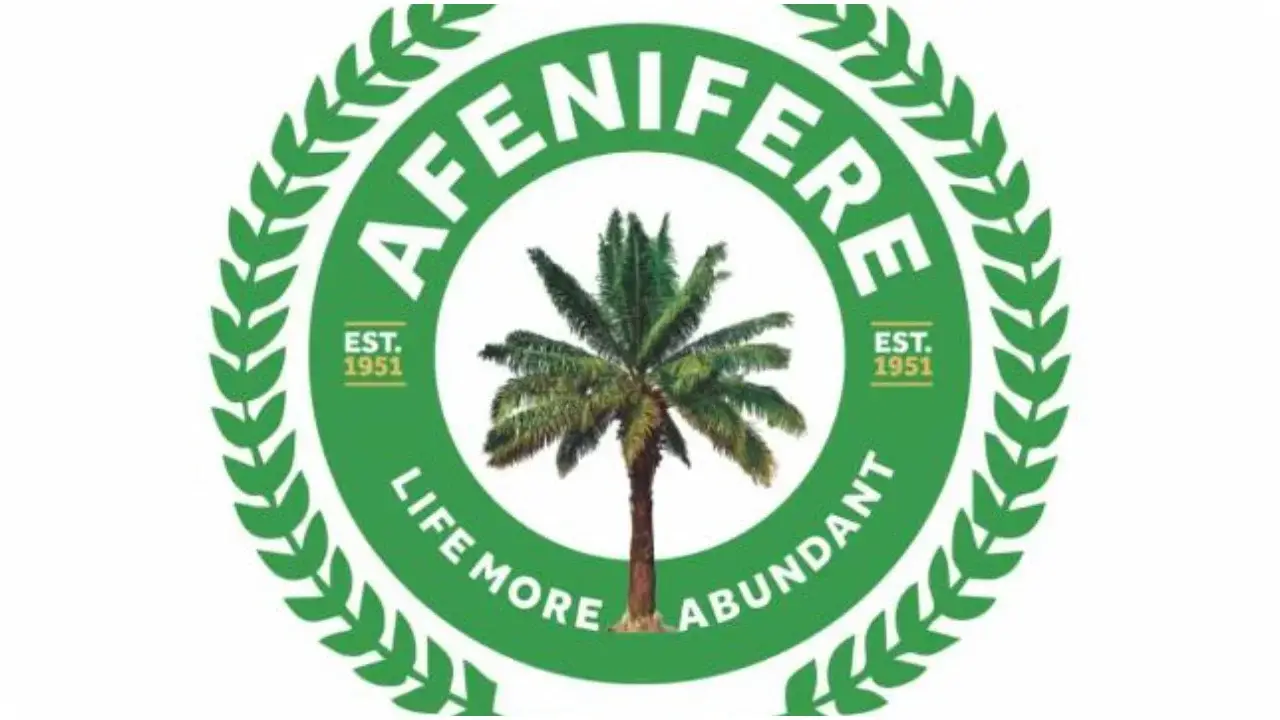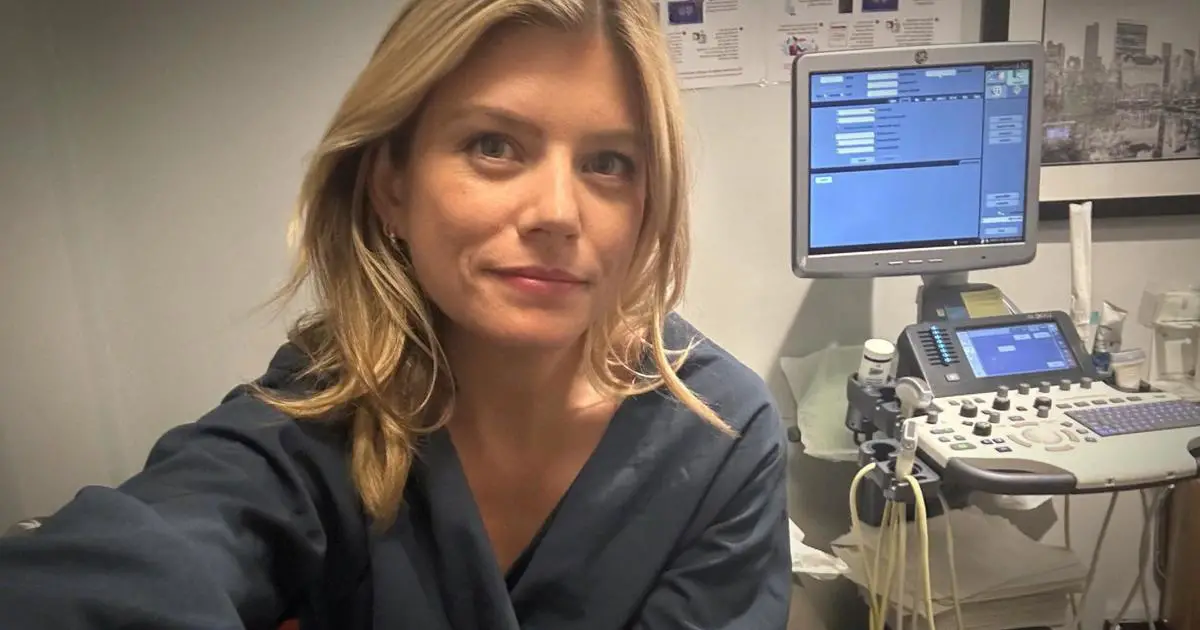
Fans of KitKats might already know that the chocolate wafer bar recently changed its US branding.
Four weeks ago, design company Sterling Brands shared that the new font is reminiscent of “the upbeat, kinetic energy of Kit Kat’s iconic ‘break’.”
The New York Times writes that that same “break” was key to the brand’s early identity.
“From the beginning, the Kit Kat was self-consciously packaged as a kind of workingman’s chocolate — as if the break of the bar could be aligned with the break the working class deserved from the monotony of their day,” they wrote.
So how come Nestlé themselves say the brand was named after one of London’s most exclusive clubs?
Which club?
The Kit Kat Club, of course (I say of course ― I had no idea until this morning).
Nestlé didn’t always own the brand; it was originally a Rowntree product. That’s why, when it was first introduced in 1935, it went by “Rowntree’s Chocolate Crisp.”
But then, the name changed to KitKat.
“This somewhat simple name was derived from the Kit Kat Club, an exclusive 18th-century club for the elite in London,” Nestlé’s site says.
“The name was chosen to add a hint of sophistication and grandness to this sweet and smooth snack.”
Of course, as The New York Times points out, its early ads featured workers (like this railway staff) on their break.
Perhaps it’s one of those things, like Vienetta, After Eights, these seashell-shaped chocolates, and the slept-on Romantica that my family had me convinced would bankrupt our household.
In other words, maybe its vague association with something fancy ― shh ― didn’t actually mean it was meant to be exclusively eaten by the nobility. After all, it was only meant to be a “hint” of sophistication.
Wait, but what IS the Kit Kat club?
For all this talk about how elite it is, I’d never heard of the group (well, I guess that proves their point, actually).
But apparently the Kit-Cat club (Kit Kat is just one variant) was an early 18th-century group of “political, literary, and artistic” men of London ― they were all Whigs.
It was originally 39 “gentlemen zealously attached to the house of Hanover; among whom the Dukes of Somerset, Richmond, Grafton, Devonshire, Marlborough, and (after the accession of George I.) the Duke of Newcastle…” appeared, according to John Timbs’ 1872 book Club Life of London.
In other words, there was gold in them there hills.
The group were allegedly famous for their toasts, where they basically shouted out who they thought were the elite class’ best women.
In a chapter of The English Housewife by Rose M. Bradley (whose dad was the Dean of Westminster), called The Lady Of Quality, “the ambition of a young lady of quality was to be a toast of the season.”
“Lady Mary Wortley Montague attained this distinction at the KitKat Club at the age of seven,” the 1912 book continued, explaining that “the gallant gentlemen, her father’s friends, who chose her to this honour” later “cut her name with a diamond upon the glass goblet.”







